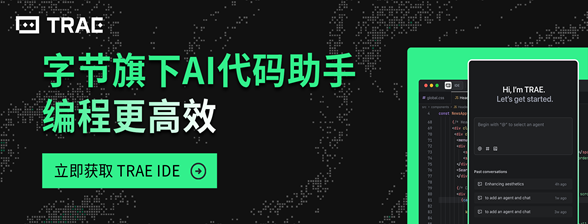New AI Standardization Protocols Pave the Way for Enterprise – Scale AI Adoption
AI is progressing at a breakneck pace, and new standardization protocols areemerging. These protocols simplify the connection of AI models and themanagement of agents, enabling enterprise CIOs to formulate more effective AIdeployment strategies and steer clear of single – supplier lock – in. Threenotable protocols – the Model Context Protocol (MCP), Agent CommunicationProtocol (ACP), and Agent2Agent – are guiding IT leaders towards tangible AIprogress after two years of lackluster proof – of – concept projects.
Last November, AnthroPic introduced MCP. This protocol offers a standardizedapproach to connect AI models across different data sources and tools. Its keybenefit is that it allows users to freely choose the best – performing largelanguage model and its vendor, avoiding supplier lock – in. Functioning asa “pipeline system”, MCP efficiently lINKs various AI components. Moreover,vendors like Microsoft have backed MCP, enhancing its compatibility.
This year, IBM rolled out ACP. This agreement enables AI agents from differentsuppliers to communicate with each other. Using standard HTTP communication,ACP streamlines the integration process, offering enterprises greaterinteroperability and reusability. In the same month, Google launched theAgent2Agent protocol, which further promotes cooperation among diVerse AIagents. With support from over 50 technical partners, Agent2Agent allowsenterprises to chain multiple AI agents together for easy access tospecialized capabilities.
Experts anticipate the emergence of AI agent stores due to theseprotocols. Users can select pre – built agents or models from numerous vendorswithout having to train their own. These new AI standardization protocolschart a new course for enterprises to adopt scalable AI, with standardizationbecoming a driving force for rapid dEVElopment. As Solo.io’s Global ChiefTechnology Officer Christian Posta put it, unstandardized speed leads tochaos, while standardization ensures purposeful expansion.


